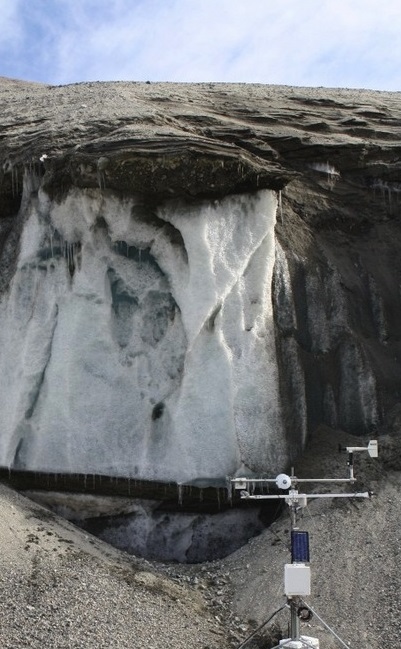Ridges hint at Europa flows
 A study of ice sheets on Greenland could help the search for water in space.
A study of ice sheets on Greenland could help the search for water in space.
There may be shallow liquid water on Jupiter’s moon Europa, according to international researchers, and Greenland's ice sheet is providing the evidence.
A Stanford University team has observed a surface landform called double ridges (nearly symmetrical ridge pairs, flanking a shallow trough), which occur all over Europa, and can be hundreds of kilometres in length.
Jupiter’s moon Europa has been visited by the Voyager and Galileo spacecrafts. Data collected on these missions, in addition to modelling, have suggested the potential presence of a liquid water ocean beneath a 20–30km thick ice shell. Understanding the structure of the ice shell and how it evolved is important for our understanding of the geophysical processes of Europa.
They compared these to a similar double ridge formation on Greenland's ice sheet.
To explore the formation of the ridge in Greenland, they used surface elevation and radar sounding data and indicate it was formed through a succession of refreezing, pressurisation and fracture of a shallow water sill within the ice sheet.
The team suggest that a similar process may be forming the double ridges on Europa, and would therefore indicate that liquid water is present on the far-away moon.
The authors conclude that their findings indicate that shallow water processes may have been more dominant in shaping Europa’s surface morphology than previously thought.








 Print
Print